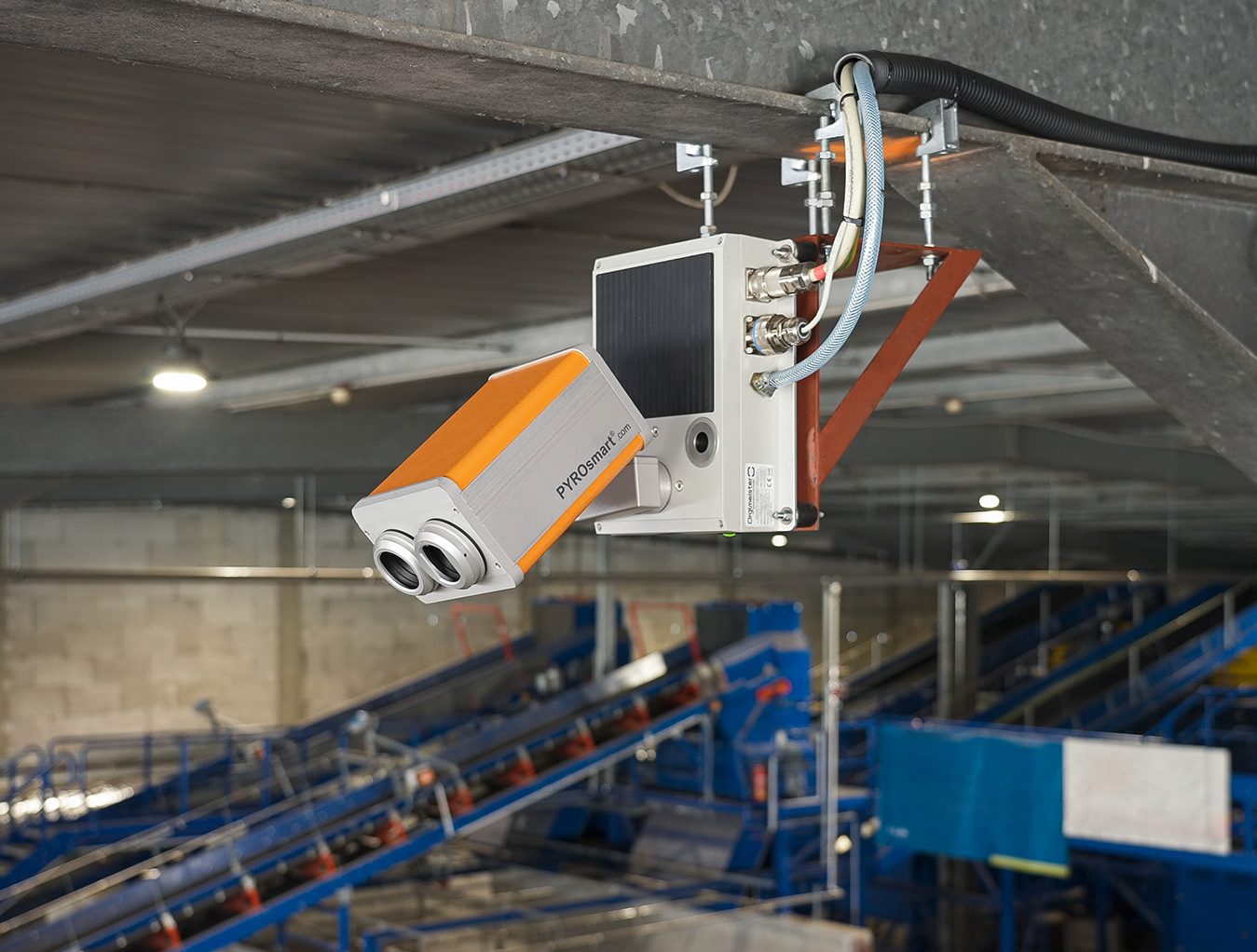Refuse derived fuels
Fire protection for RDF storage – so you can sleep soundly

Refuse derived fuels
Reliable fire protection for the RDF industry
Whether they are classified as refuse derived fuels (RDF), secondary fuels or high-calorific fractions, all of these valuable materials have one thing in common: they have a high fire load. Fire loading begins with the storage of the waste or raw material in input facilities and intensifies during the separate processing steps such as crushing, sorting, magnetic separation, drying, etc.
Output areas in warehouses are particularly at risk because this is where the processed classes with high calorific value are stored until they are delivered to cement plants, industrial customers or combined heat and power plants.
Danger due to high fire load
High-calorific refuse derived fuels are usually stored as bulk, baled or pellets and produce considerable dust when in loose form. If the highly flammable material ignites, it quickly spreads to production and machinery to put the manufacturing process and potentially the survival of the entire business at risk. To avoid damage and production downtimes, detecting potential fire hazards at the earliest possible stage is therefore crucial.

Loading and conveying processes generate considerable dust placing high technical demands on fire detection systems.
Overview of advantages
- Quick overview of the monitored areas by video and infrared panoramic imaging
- Early detection of potential fire hazards
- Dependable in dusty environments
- Precise localization of dangerous hotspots
- Fully automatic control of targeted cooling and/or extinguishing
- Minimal use of extinguishing agents and low disposal costs
- Minimization of operational and production downtimes
- Fire-monitor extinguishers can be manually taken over by firefighters at any time
- Transparent operation and option for early intervention by organizational fire protection already in the event of pre-alarms
- Complete thermal documentation
Reliable protection under difficult conditions
The PYROsmart® infrared early fire detection solution has proven its worth at many RDF producers in detecting fire hazards as early as possible – and has been doing so for many years. PYROsmart® detects critical temperatures (known as hotspots) and can therefore react much earlier than conventional fire detectors.
With specially developed compressed-air cleaning, PYROsmart® optics are kept free of dust to ensure reliable detection under very dusty conditions. Regular self-test routines with an integrated test source are used to monitor the system. Infrared radiation penetrates dusty atmospheres to enable surface temperature measurement also under “difficult” conditions.
A specially developed software algorithm, optimized over many years, differentiates between real fire hazards and everyday heat sources, such as those caused temporarily by vehicles, loaders, etc. This results in the secure detection of hotspots or fires at the earliest possible stage, as well as in very few false alarms. Operations continue to run smoothly and according to plan.

PYROsmart® pro protecting an RDF storage area with neighboring processing line.

The non-scanning PYROsmart® one version is ideally suited for monitoring belt transfer points.

Early extinguishing reduces downtime
A critical temperature in the RDF material detected by PYROsmart® is reported to a fire alarm control panel. PYROsmart® is able to precisely locate hotspots by knowing the 3D spatial geometry.
The specialized PYROsmart® extinguishing software can then target existing fire-monitor extinguishers from any major manufacturer and cool or extinguish hotspots. Targeted extinguishing protects areas unaffected by fire and reduces downtimes.
If a fire spreads despite early detection, the PYROsmart® extinguishing software controls targeted extinguishing until firefighters arrive and take over extinguishing from outside. Earlier and safer detection is not possible.
Early detection of critical temperatures is better than fire detection. This makes all the difference in professional fire protection.


